Forest fuels are biomass material found naturally in all forest environments which are flammable and can contribute to the intensity or progress of a fire. Flammability of forest varies greatly from material to material and is also influenced by environmental factors such as moisture content, compactness or shape.
An audit of forest practices for performance under all of the relevant requirements of the Forest and Range Practices Act and/or the Wildfire Act.
The planned manipulation and/or reduction of living or dead forest fuels for forest management and other land use objectives (such as hazard reduction, silvicultural purposes, wildlife habitat improvement) by prescribed fire, mechanical, chemical or biological means and/or changing stand structure and species composition.
The amount of available and potentially combustible material, usually expressed as tons per hectare.
A stand of healthy trees of a commercially valuable species, the growth of which is not impeded by competition from plants, shrubs, or other trees.
An established seedling of an acceptable commercial species that is free from growth-inhibiting brush, weed, and excessive tree competition; or young trees that are as high as or higher than competing brush, with one metre of free-growing space around their tops.
A key planning element in the Forest and Range Practices Act framework and the only plan subject to public review and comment and government approval. In FSPs licensees are required to identify results and/or strategies consistent with government objectives for values such as water, wildlife and soils. These results and strategies must be measurable and once approved are subject to government enforcement. FSPs identify areas within which road construction and harvesting will occur but are not required to show the specific locations of future roads and cutblocks. FSPs can have a term of up to five years.
Resources and values associated with forests and range including, without limitation, soil, visual quality, timber, water, wildlife, fisheries, recreation, botanical forest products, forage, and biological diversity.
Renewal of a tree crop by either natural or artificial means.
A forest licence allows orderly timber harvest over a portion of a sustained yield management unit, and the timely reforestation of harvested areas according to a strategic resource management plan for each timber supply area. The licence has a term of 15 to 20 years, generally replaceable every five years (some are non-replaceable) and operating areas that shift over time. A forest licence specifies an annual allowable cut, requires a management and working plan, and specified management activities.
